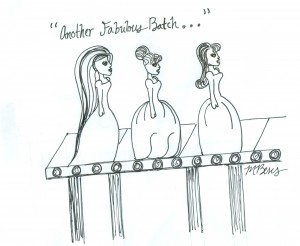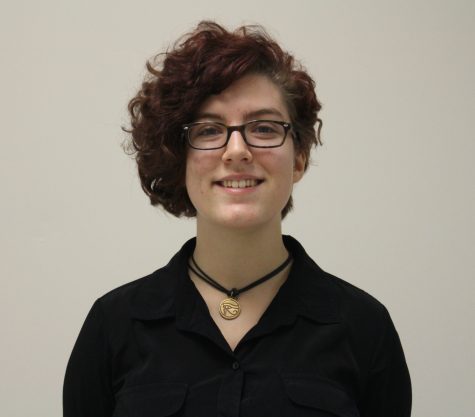Disney princesses must diversify
If you are in a Disney movie, there are requirements to being a princess: small waist, round face, big eyes, gentle, slender, fragile, dainty – and usually white.
But real people are different from the screen. Few girls look like movie princesses, and Disney only presents one body type as ideal. Disney must work towards more diversity.
“It’s not an accurate portrayal of all of society,” Amanda Fiddler, junior, said. “Some girls can fit into that [very thin] mold and some cannot. Even if you [compare the princesses] to someone today, it wouldn’t be proportional. It’s not something where you have, ‘a skinny girl.’ No, it literally is impossible.”
The idealized princess is a marketing ploy of sorts, aimed to be appealing to small children. The formula Disney has been using has worked for them so far, so they likely feel compelled to stick to it. If they feel too big to fail, they can afford to deviate from their customary unrealistic standards, and make movies that fit the real world.
“They present an unrealistic model for girls,” Laura Stanton, English and reading teacher, said. “However, the Disney princesses are not the original versions of the stories. The traditional stories were meant to teach girls and boys moral lessons. The stories have evolved into these unrealistic versions [for] young females and what role they should play and how they should interact with other characters.”
Indeed, these willowy, damsels are not always the best role models. That is not to say Disney isn’t making strides. Mulan is arguably one of the best examples: clever, well-written, and powerful, despite its heroine fitting the tradition. Also, she is the first Asian princess, giving those young girls the first strong princess of their own.
However, only four princesses of twelve are ethnic, one for each minority, contrasted with eight white princesses. Young ethnic girls do not have many princesses who look like them to idolize. But racial diversity also has a benefit to the girls who do see themselves represented by exposing them to those who are different.
“Disney has this unique opportunity where they can be interacting with young girls and feeding these ideas to them, so why not?” Fiddler said. “Even with Pocahontas, factually it was completely inaccurate. But there was some element of truth in it, which got girls interested. When you have an opportunity like that, where you can share things and get them interested in it, you should.”
It is important for girls of all types to see themselves represented so they know they can be princesses too. It is not impossible for girls to receive positive reinforcement from other sources, but it is best to hear it from as many places as they can. Every girl deserves to feel like a princess.
“You have to know within yourself that you are a princess and a queen,” Greta (Mama Love) Robertson-Haynes, security officer, said. “You have to be brought up with that, instilling good qualities in you. Your parents have a huge impact on you as a person.”

Brianne is an aspiring writer with many poems and short stories filed away. Her current project is a full-length novel she hopes to publish. She is very...
